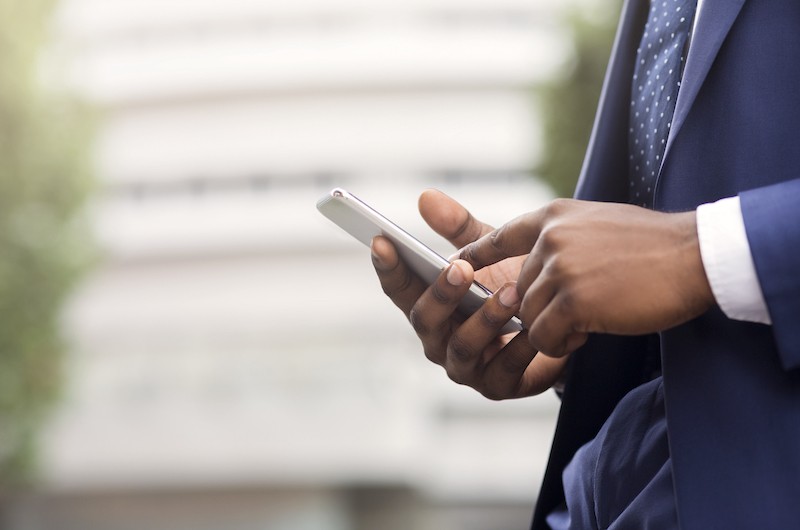How Effective is Geofencing?
Compared to other forms of marketing, geofencing is incredibly effective. Geofencing offers customers a more personalized ad experience based on their location, which always leads to more successful campaigns.
The data shows that customers are more likely to click through ads with geofencing and will often visit the physical location being advertised with geofencing. Nearly 75% of customers follow the steps of a marketing call-to-action when they receive one near a retailer’s store.
Traditional advertising often means putting up ads and not knowing who will see them. Instead, mobile geofencing is a powerfully selective tool that can start bringing more customers into your business right away. With geofencing, you don’t have to waste your advertising budget on unlikely customers. You can more effectively manage your marketing campaigns to the users most likely to engage.
For best results, geofencing notifications, messages, and ads should have a clear call to action that encourages customers to stop by the store right away or take advantage of a last-minute sale. Targeting people when they’re right by your store can remind them about your best deals and more effectively use your marketing dollars.
Geofencing can even give your business a competitive advantage against the competition. Some marketers use it to target customers while they are near other businesses. You can set up geofences around competing businesses to draw customers away from some of your key competitors. When customers are near your competition, you can send well-timed coupons, promotional deals, or loyalty point reminders that bring customer attention back to your business.
With all these different options, mobile geofencing technology offers a large variety of benefits to help you refine your marketing campaign and reach a wider audience.










